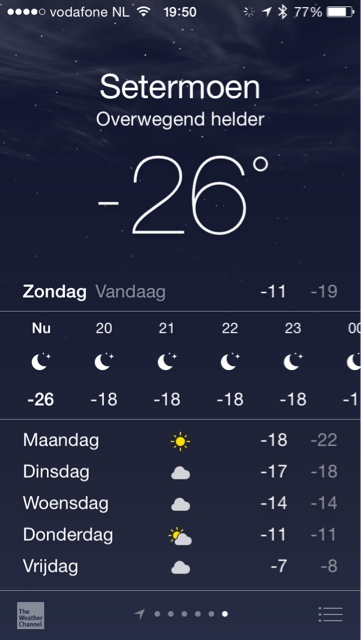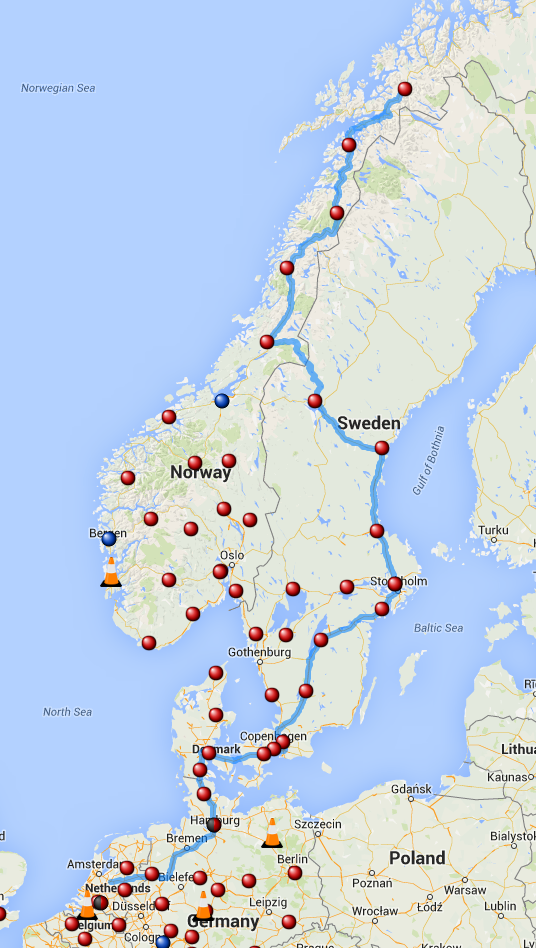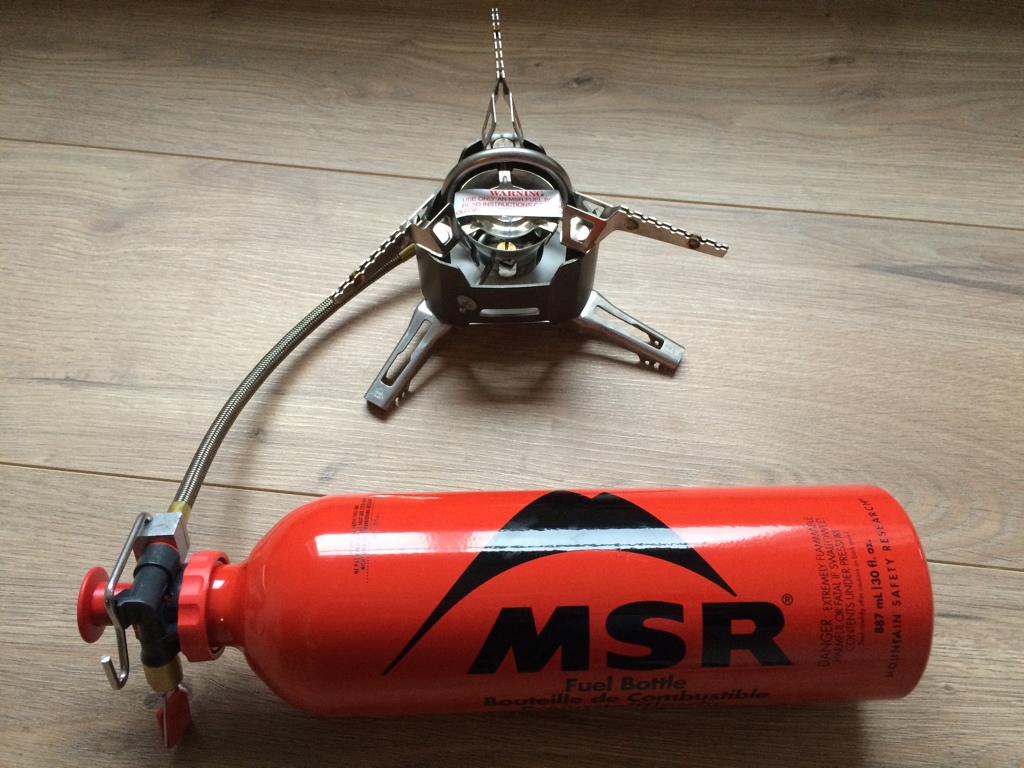English: On Twitter I got into a discussion with Ton Aarts (@ton_aarts) that a EV is always cleaner then a ICE when you calculate the well-to-wheel efficieny. This post is to show him I’m right. Sorry, it’s in Dutch!
Ton Aarts daagde mij op Twitter na een discussie uit over het feit dat mijn Tesla Model S volgens hem niet schoner zou zijn dan een ICE.
Ook zou mijn Tesla Model S een duur speeltje zijn betaald door de Nederlandse belastingbetaler.
Ik heb de Model S gekocht om meerdere redenen:
- Wil geen ICE meer rijden
- Rijd 50.000km per jaar, de Model S is de enige die dat kan
- Het is een ruime en comfortabele auto
De performance versie heb ik niet, ook de 21 inch velgen niet. Wel de 85kWh batterij.
De discussie gaat daar echter niet over, het gaat over het feit dat een EV altijd schoner is dan een ICE. Daarvoor moeten we het well-to-wheel rendement uitrekenen.
Ruwe olie
Voor een ICE begint het bij ruwe olie die we moeten gaan oppompen uit de aarde, tegenwoordig op de meeste rare plekken, zelfs al op de Noordpool!
Ik beschouw mijzelf niet als hippie, maar ik kan het niet langer aanzien dat we puur uit economische belangen zelfs al op de Noordpool aan het boren zijn naar olie.
Deze olie uit de grond krijgen kost energie, veel energie. Ik heb gezocht naar de cijfers, maar die zijn niet te vinden. Wel is het makkelijk om te begrijpen dat het oppompen van de olie en transporteren naar een raffinaderij veel energie kost. Ik ga dat nu echter buiten beschouwing laten omdat ik simpelweg de cijfers niet hard kan maken.
Raffineren
Om van ruwe olie naar benzine danwel diesel te gaan moeten we de olie gaan kraken. Meerdere bronnen vertellen dat er ongeveer 9kWh nodig is om 1 US Gallon (3.7L) aan benzine te verkrijgen uit ruwe olie.
Dat komt er op neer dat je 2,4kWh aan energie nodig hebt om 1 liter benzine te verkrijgen uit ruwe olie.
De bronnen hiervoor zijn: Bron 1, Bron 2, Bron 3.
2,4kWh aan energie
Voordat een ICE ook maar 1 kilometer gereden heeft op de liter brandstof is er al 2400Wh aan energie gebruikt om de brandstof te verkrijgen. Nogmaals, ik laat het hele proces van pompen en transport buiten beschouwing.
Een Model S heeft een gemiddeld verbruik van 200Wh/km. Op die 2400Wh aan energie zou een Model S dus al 12 kilometer kunnen rijden terwijl de ICE nog geen kilometer gereden heeft.
CO2 uitstoot Kolencentrale
Een kolencentrale stoot tussen de 350 en 400 Gram CO2 uit per kWh.
Het raffineren van een liter brandstof kost 2,4kWh, bij 400 Gram CO2 per kWh wordt er dus 960 Gram CO2 uitgestoten om een liter brandstof te raffineren.
Alvorens een ICE een kilometer gereden heeft is er al 960 Gram CO2 uitgestoten! Terwijl op die kWh een Model S al 5km had kunnen rijden en daarbij 80 Gram CO2 had “uitgestoten”.
KM per liter van een ICE
Het wisselt uiteraard per auto, maar een veilige aanname is dat een ICE zo’n 17 kilometer kan rijden op een liter brandstof.<.p>
Als we een Prius als voorbeeld pakken, al is dat geen eerlijke vergelijking met een Model S, komen we anno 2014 uit op een CO2 uitstoot van 135 Gram CO2 per km.
Daarbij moeten we echter nog de 960 Gram CO2 optellen die is uitgestoten bij het raffineren van de olie tot brandstof. Dit was 960 Gram voor 1 liter en daar kan 17 kilometer op worden gereden. Dat is nog eens 56 Gram CO2 extra per kilometer.
In totaal stoot een Prius dus 135 + 56 = 191 Gram CO2 uit per kilometer.
Uitstoot van een Model S
Indien een Model S wordt geladen met electriciteit opgewekt door een kolencentrale ‘stoot’ deze 80 Gram CO2 uit.
Een Prius, een van de schoonste auto’s, stoot well-to-wheel 191 Gram CO2 per kilometer uit.
Verliezen
Het electriciteitsnet kent uiteraard verliezen, zo ook het laden van een Model S. Het transporten van brandstof kent deze echter ook, daarbij ook mee te nemen wat het energie kost om brandstof in de auto te pompen vanuit de tanks bij het tankstation.
Conclusie
Zoals hier boven voor gerekend is er duidelijk te zien dat een Tesla Model S ruim 2x zo schoon is als een Toyota Prius uit 2014.
Daarnaast brengt een EV direct nog een aantal voordelen met zich mee:
- Geen lokale uitstoot
- Geen fijnstof van remschijven
- Minder geluidsoverlast in leefgebieden
- Mogelijkheid tot lagere uitstoot door schonere opwekking
Het laatste punt is vooral belangrijk: Bij een EV kan je de bron vervangen en direct minder uitstoot realiseren. Een winst van slechts 5% in het rendement van een centrale levert direct 5% minder uitstoot op. Dat is met een ICE simpelweg onmogelijk.
Dus Ton, ik zie de fles wijn graag tegemoet! Mijn adres staat op de contact pagina.



